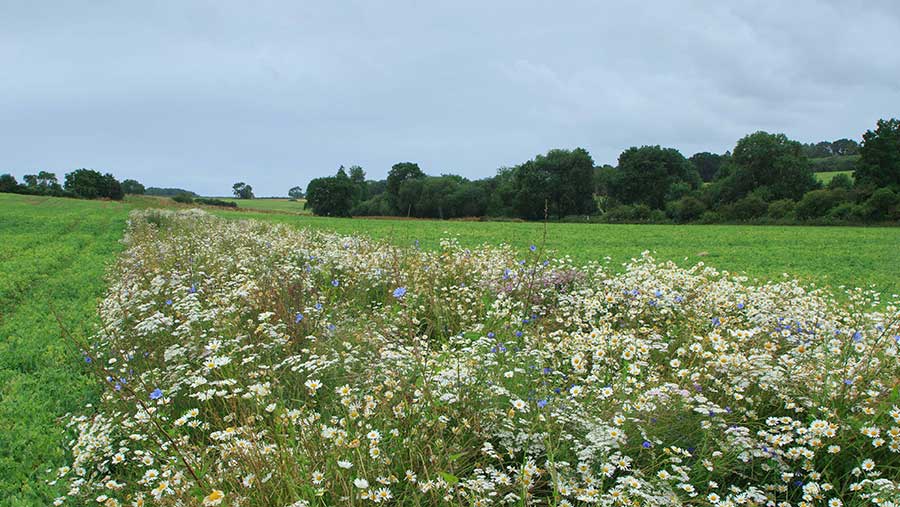Advertiser content
4 top tips for optimising SFI in 2026
With some 37,000 farmers now signed up to the Sustainable Farming Incentive (as of March 2025), more of those in the scheme are facing compliance inspections.
So Hutchinsons northern environmental services specialist, Matt Powell shares his top tips on how to optimise the chances of success.
“Waiting until SFI 2026 is released will be too late to start preparing; you have to be ready to go as soon as details are announced,” he says.

Matt Powell © Hutchinsons
1. Be prepared
The Rural Payments Agency (RPA) can check farmers are complying with SFI obligations in a number of ways, including physical and virtual site visits, remote monitoring, and desk-based administrative checks, with inspections selected at random.
They’ll usually ring the agreement holder to agree a suitable date and time for a visit, and follow that up with a letter or email, which may also ask for some of the information they need that can be sent over digitally, such as management plans.
It pays to be prepared and try to accommodate their wishes as best you can.
Having all necessary documents ready, easily accessible, and in a digital format, will help to avoid delays, he adds.
“If you get a call at a busy time of the year, then asking for a reasonable amount of leeway to gather the information required is understandable, but recognise that any lengthy delay may start to arouse suspicions.
2. Keep plenty of evidence
Recording evidence of compliance with SFI requirements is essential, and can be done in various ways, such as by retaining copies of seed invoices or fieldwork records, and taking pictures.
Digitising evidence and recording it in an organised way is key, especially as multiple years worth of information will need to be kept.
Pictures are particularly important with shorter-term rotational actions, which might not be present at the time of inspection, or where there’s not an obvious invoice trail, making it harder to prove what you’ve done.
Try to take photos of SFI actions at various stages throughout the season, ie establishment or flowering, to demonstrate you’ve met the action aims and record exactly what you’ve done.

© Hutchinsons
This can be easily done through the Omnia Scout app, allowing users to upload photographs from the field directly into the Omnia Field Diary, complete with geolocation, time and date stamps.
Other evidence could include things like TerraMap digital maps of soil characteristics, soil tests, or variable rate fertiliser plans from Omnia.
3. Have accurate maps
Mr Powell says many of the issues arising in SFI inspections are often due to minor mapping errors, so having accurate maps of in-field and boundary options is crucial.
Inspectors also like to ask for a map, so they can see what’s in the agreement and understand where it is on the farm, before starting to piece together the evidence they need for each action.
Again, Omnia is an incredibly useful tool for accurately mapping SFI actions, and once information has been logged, users can easily generate an ‘SFI field report’ at the click of a button, showing a map of all actions on the farm, he says.
4. Check the details
When recording any details about SFI actions, Mr Powell says to double-check everything to make sure all the necessary details, maps, and evidence are as accurate as possible.
For integrated pest management, and nutrient management plans, for example, make sure you’ve included the BASIS and FACTS numbers for the agronomist or advisor that is providing advice.
It’s these small details that help to give inspectors the confidence that everything is being done professionally.
It also pays to check land use and land cover details carefully in the RPA portal for registering land and updating digital maps, especially when new land has been taken on.
Make sure all fields, yards, etc, have a parcel ID. A lot of snags occur in new SFI applications where details don’t match fully.
For more SFI advice, contact the Hutchinsons environmental services team, enviro@hlhltd.co.uk
Provided by
With turnover in excess of £270 million, the business has grown to become one of the leading national agricultural and horticultural input advice and supply companies. Hutchinsons takes a dynamic, forward-thinking approach to supporting grower clients in the production of quality crops and food in a sustainable and responsible manner.
